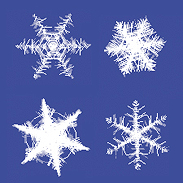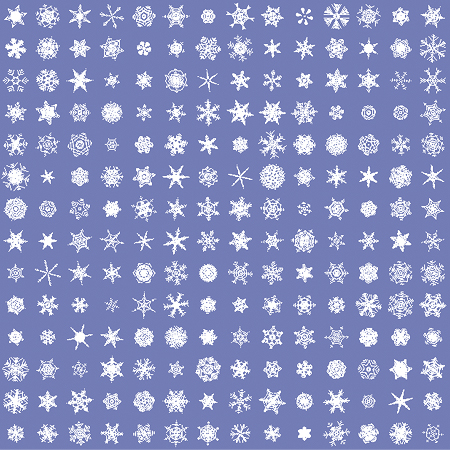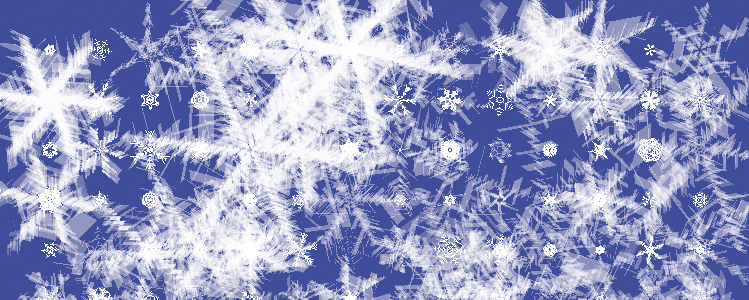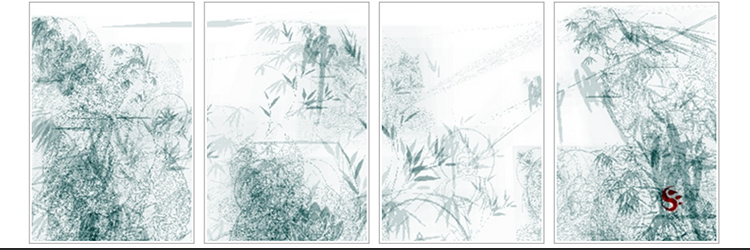“A series of artistic explorations using the Processing framework.”
I coined the term ‘mandalabrot’ ( mandala + mandlebrot ) and utilized the mandalabrot.net domain to host my Processing experiments; here are a few selections from various sketches from 2004-2005.
Waking Buddha-Mind evolved out of an experiment in repeatedly layering images onto the canvas.
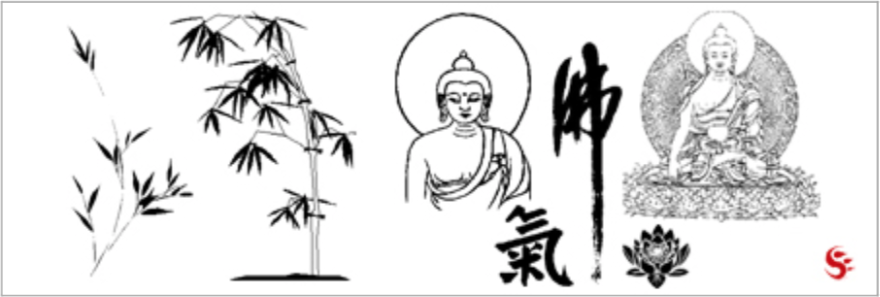

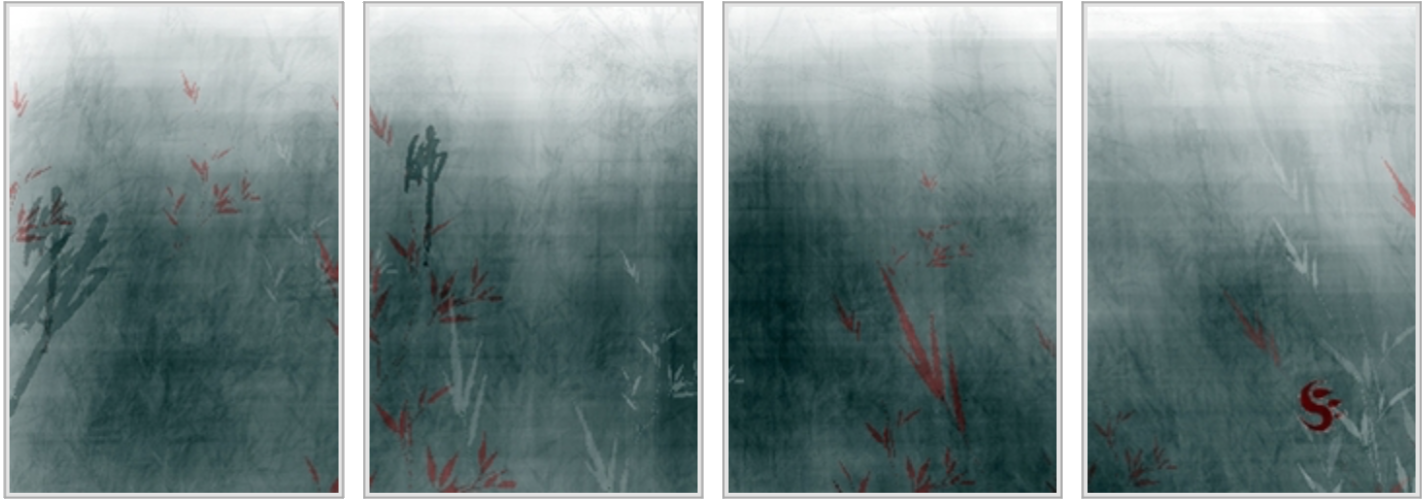
My algorithm eventually transformed into one of continually placing images on the canvas, with a high degree of opacity, so that texture and complexity gradually build up over time.
Periodically, an image is selected to be less transparent, and may possibly be tinted with a shading color to help highlight the image.

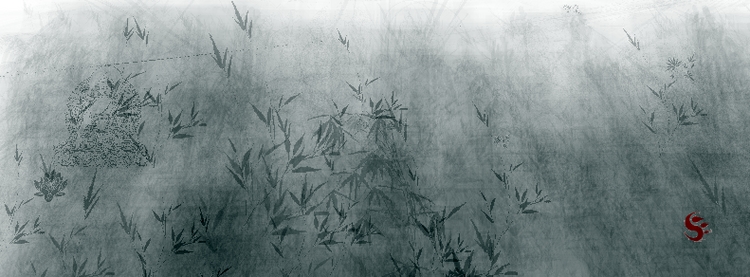
Lotus Blossoms is an experiment born from a simple algorithm for filling shape outlines on a canvas. The resulting feel of the algorithm on a collection of outlines reminds me somewhat of anime motion sequences.
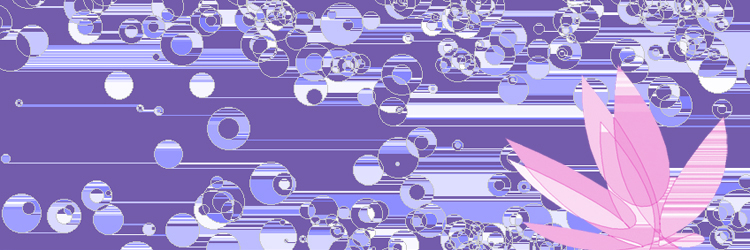

Curving a Substrate was inspired by the beautiful Substrate experiment and the Sand Painting technique of artist and programmer Jared Tarbell.
Immediately after viewing Substrate, I knew that I had to see what Jared’s algorithms would look like using curved lines, rather than straight ones.
I randomly found an equation producing exactly the behaviour I was envisioning, on my first modification; layers of concentric curves flow across the landscape in a dance of intelligence, chaos and precision.
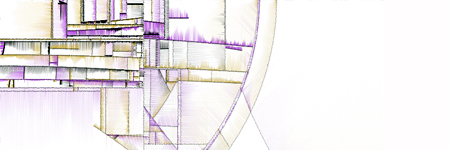
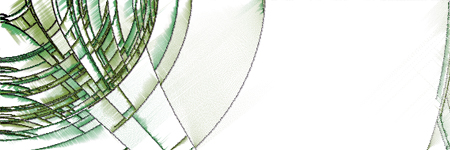
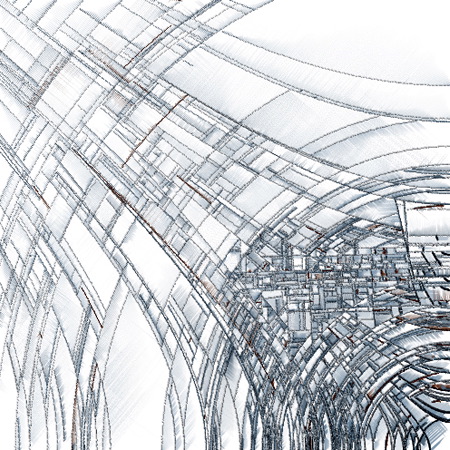
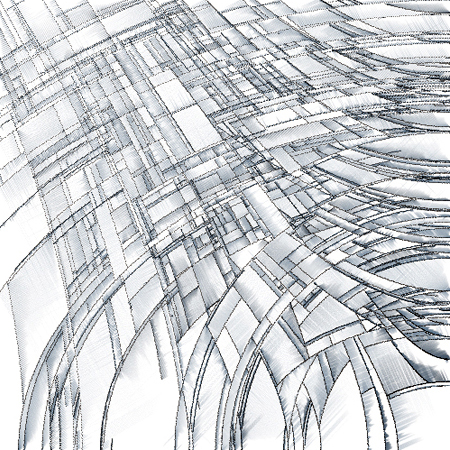
Curving a Substrate Remix further explored the curved Substrate but with larger canvas sizes and tens-of-thousands of iterations.
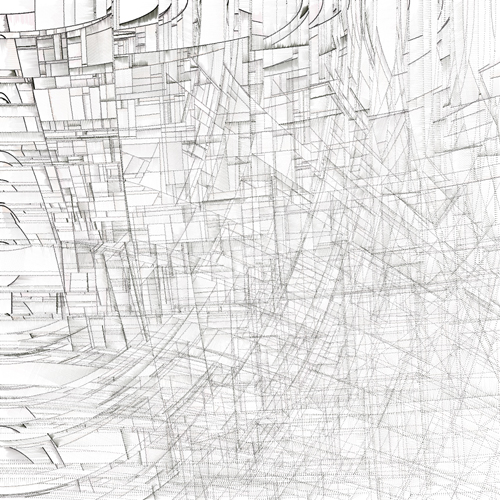
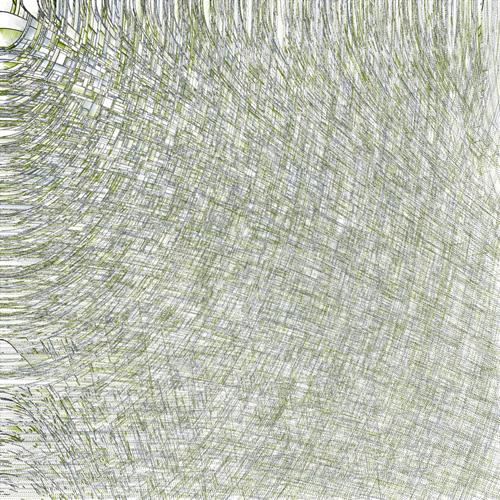
Traveling Without Moving was inspired by an illusion, created by Akiyoshi Kitaoka, entitled “Dongurakokko” (The Donguri Wave).
In this experiment, I have utilized one specific color palette of Dr. Kitaoka’s, and created a program to generalize a whole series of wave motion illusions, of which The Donguri Wave is but one instance.
In my version, particles can rotate both along the center of the object as in Dr. Kitaoka’s Donguri examples (creating straight-line fields), but can also rotate around a corner point (creating oscillating-line fields).
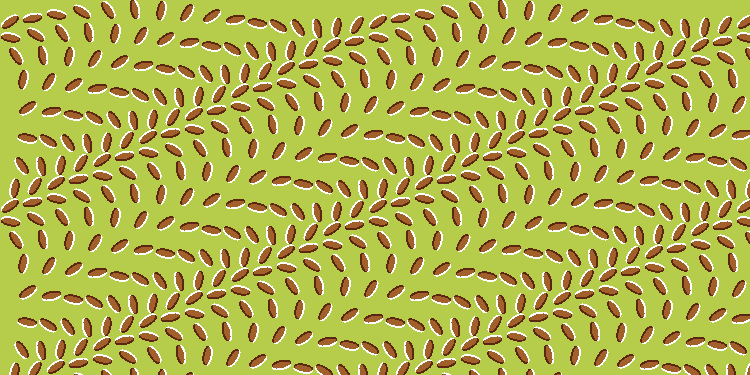
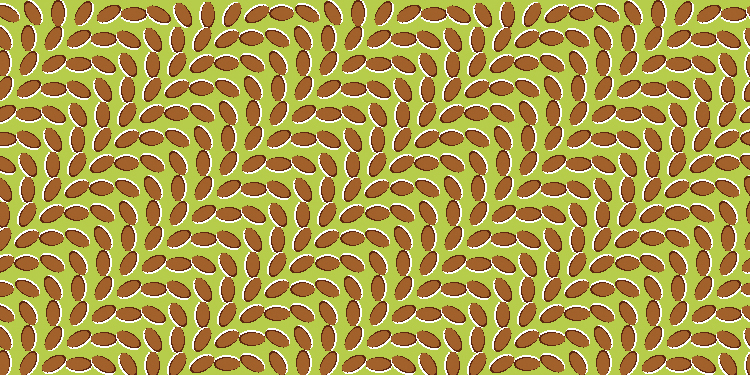
Simply Snowflakes. I was looking for interesting snowflake-generating code, but was generally disappointed by what I found. Nothing that I encountered in my search made very good use of transparency for depth, nor repetitive use of arm generation within one flake.
So I decided to tweak my own algorithm, to create some “dirtier” looking snow.
Thanks to: Fractal Snow for C# by Tomas Petricek for an initial code framework, and snowcrystals.com for the great information.

